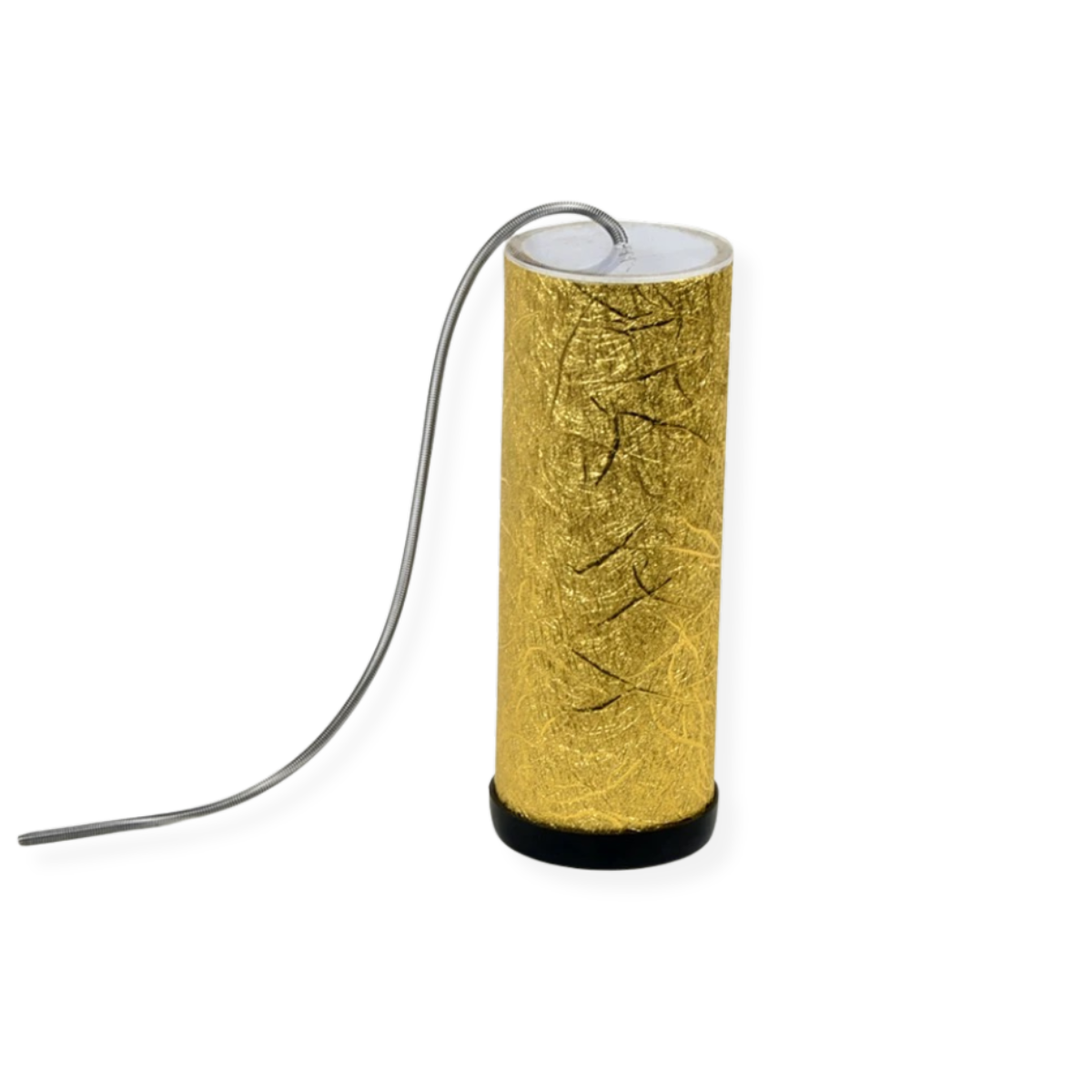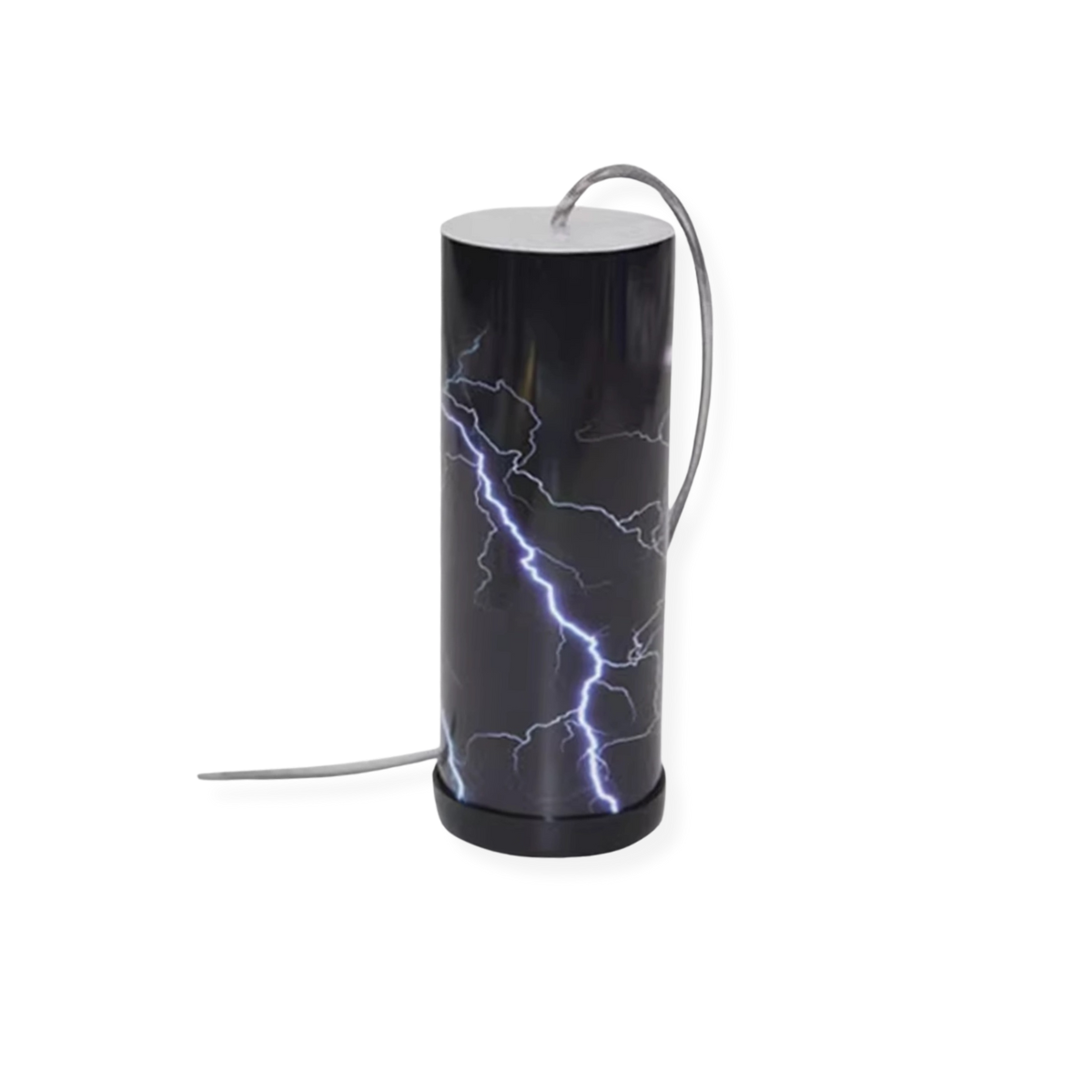Flight Music for Kids
Thunder drum/Thunder drum
Thunder drum/Thunder drum
Couldn't load pickup availability
Thunder drum , also known as thunder drum, is a percussion instrument that simulates thunder. This simple yet distinctive instrument produces a low, rolling sound similar to thunder, hence its name. Thunder drum is widely used in music, drama and sensory therapy, especially in children's music education and special education. It is an ideal tool to stimulate students' interest and conduct sensory training. This article will introduce in detail the structure, purpose, application scenarios of the thunder drum and its value in music education.
The structure of the thunder drum
The basic structure of the thunder drum is very simple. It usually consists of a cylindrical drum body, which is usually made of lightweight plastic or metal material and covered with a vibrating drum skin. Extending from the center of the drumhead is a spring, the length and diameter of which determines the quality and duration of the thunder. When the spring is gently shaken or plucked, the vibrations are transferred to the drum head, creating a low, rolling sound similar to thunder.
The operation of this instrument is very simple and does not require any musical background. By simply shaking or plucking the spring, players can hear a sound effect that simulates thunder. Shaking with different strengths and angles will produce thunders of different intensities and lengths, which allows the thunder drum to create rich sound changes.
The purpose of thunder drum
Thunder drums are widely used in many fields, from music performance to education and sensory therapy, this instrument has its unique value. The following are common application scenarios of thunder drums:
1. Music Performance and Recording
Thunder drums are often used in music performances and recordings, especially in situations where simulating natural sounds is required. For example, thunder drums can be used to simulate the sound effects of thunderstorms in theatrical performances, film scores, and sound design. Its sound is realistic and spatial, adding atmosphere and movement to your productions. Thunder Drums are ideal for producing realistic sound effects, whether in live performance or in the recording studio.
In addition, thunder drums are often used in modern music as a percussion instrument to add a special atmosphere to the music. Its unique sound can contrast with other percussion instruments, making musical works richer and more diverse.
2. Children's music education
Thunder drum plays a very important role in children's music education. Due to its simple operation and unique sound, it can quickly attract children's attention. Children only need to gently shake the spring to hear the shocking thunder, and this instant feedback can make them feel excited and satisfied. This is very helpful for improving children's interest in music and developing their sensory abilities.
In addition, the volume and sound quality of the thunder drum can be controlled by the shaking strength, which allows children to learn the changes in the strength of the sound and cultivate their sensitivity to volume control. As a percussion instrument, it can also help children understand the relationship between rhythm and sound effects and enhance their musical perception.
3. Special Education and Sensory Training
Thunder drums are often used as a tool for sensory stimulation in special education and sensory integration training. For students with autism spectrum disorder (ASD) or sensory processing disorders, thunder drums can provide an intense auditory and tactile stimulation to help them with sensory integration training.
For example, many children with autism are sensitive or slow to respond to sounds, and the low-frequency vibrations of thunder drums can arouse their interest and help them better perceive the external environment. This rhythmic sound can help them stabilize their emotions, improve their concentration, and enhance their awareness of their surroundings.
In addition, the operation of the thunder drum does not require fine hand movements, making it suitable for students with poor motor coordination. With just a simple shake, students can feel the changes in sound effects, which is very helpful for the development of hand-eye coordination and gross motor skills.
4. Music therapy
Thunder drums are also widely used in music therapy, especially for patients with psychological and emotional problems. Music therapists often use thunder drums to help patients release stress and regulate their emotions. The low-frequency vibrations and sustained sound of the thunder drum can bring a sense of relaxation, similar to the sound of thunder in nature. This sound can have a healing and soothing effect, helping patients reduce anxiety and stress.
Additionally, thunder drums can be used in group therapy as a tool for teamwork. Participants can create different sound effects together, which helps promote communication and collaboration and enhance team cohesion.
The educational value of thunder drum
The educational value of the thunder drum is not limited to its sound effects, it can also help students understand the physical properties of sound. By watching and feeling the vibrations of the spring, students can intuitively understand how sound is produced through vibrations. This hands-on teaching approach enables students to better understand abstract sound concepts and enhance their scientific knowledge and musical understanding.
In addition, the thunder drum also has a strong ability to express emotions. When using the thunder drum, students can express their emotions through different strengths and rhythms. This can be a very effective way for students who have difficulty expressing their emotions through words.
Advantages of Thunder Drums
The thunder drum is widely popular because of the following advantages:
-
Easy to operate : Without any musical foundation, anyone can easily play the thunder effect, which makes it very suitable for children and beginners.
-
Unique sound : The thunder drum simulates the sound of thunder very realistically, which makes it irreplaceable in scenes that simulate natural sound effects.
-
Strong sensory stimulation : The low-frequency sound and vibration of the thunder drum can provide strong sensory stimulation, suitable for applications in sensory training and special education.
-
Rich emotional expression : Through playing with different strengths and rhythms, thunder drums can help students or patients express their emotions. Especially in music therapy, it can help participants release stress and regulate emotions.
Share






